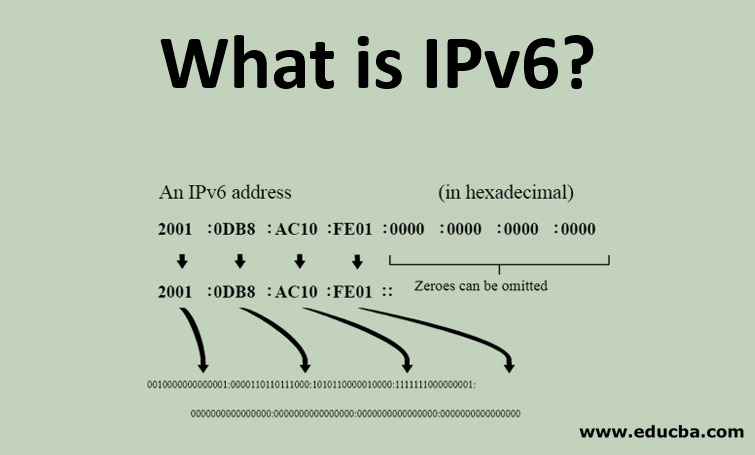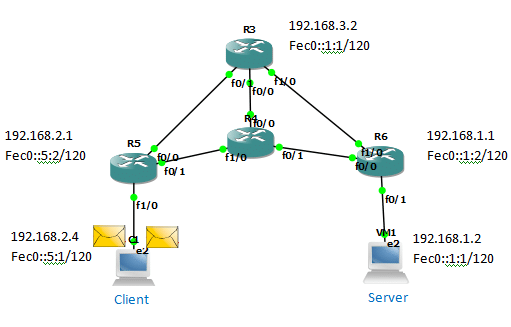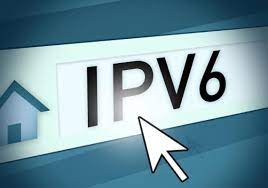10
Nov
IPv6 address planning and allocation involves designing and organizing the allocation of IPv6 addresses to different parts of a network. Proper address planning is crucial for efficient address utilization, network scalability, and effective network management. Here are some key considerations for IPv6 address planning and allocation: Address Space: IPv6 Address Format: IPv6 addresses are 128 bits long, represented in eight groups of four hexadecimal digits separated by colons (e.g., 2001:0db8:85a3:0000:0000:8a2e:0370:7334). Address Hierarchy: IPv6 address planning often involves dividing the address space hierarchically into subnets to accommodate different network segments and organizational requirements. This hierarchy allows for efficient routing and address…









